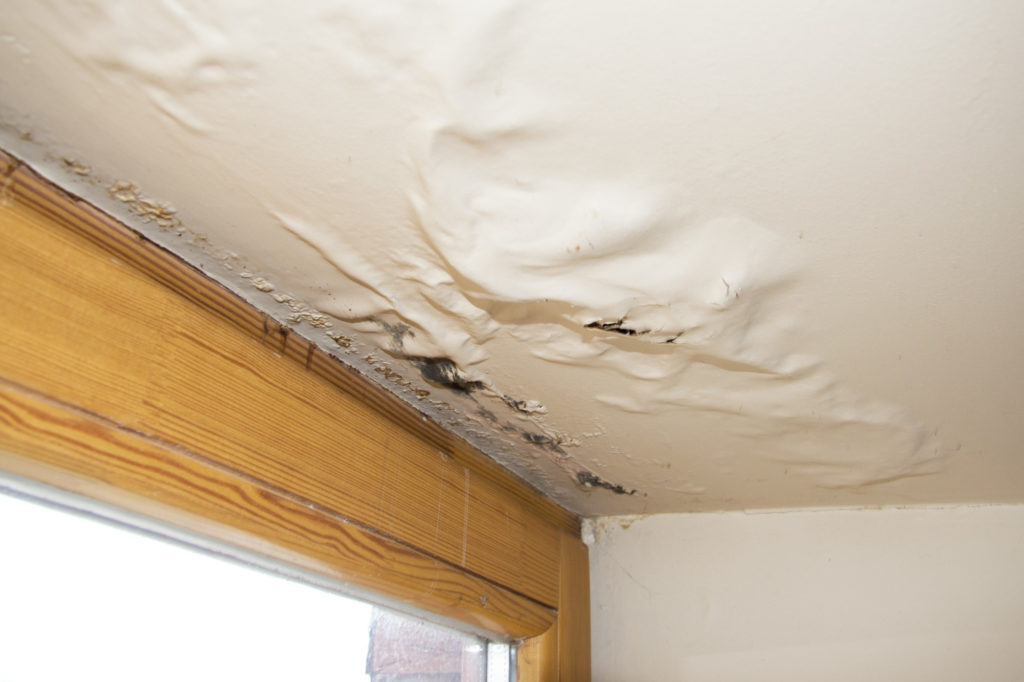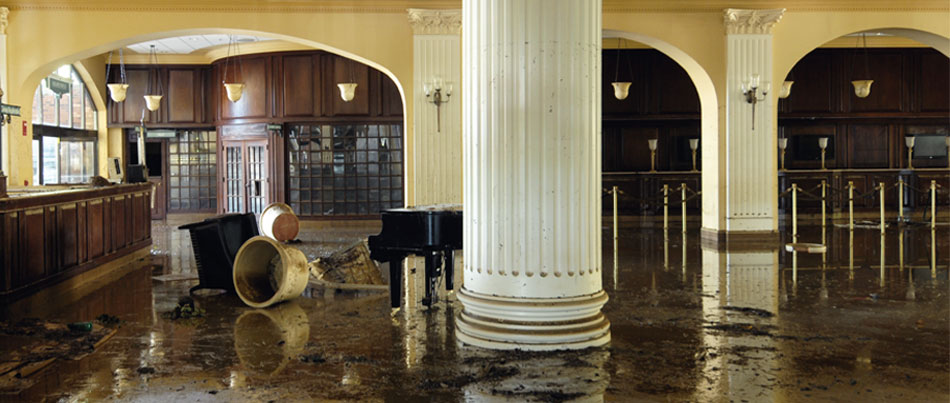Do's & Don'ts of Water Restoration.
Do's & Don'ts of Water Restoration.
Blog Article
They are making a few great points relating to Reducing Your Risk Of Water And Fire Damage At Home overall in this post beneath.

Water provides life, water invasion on parts where it's not supposed to be can result in damages. If the water saturates into your structure, it can peel away surface areas and also deteriorate the structure. Mold and also mold likewise thrive in a wet setting, which can be harmful for your health and wellness. Homes with water damage scent stuffy as well as old.
Water can originate from several sources such as tropical cyclones, floodings, ruptured pipelines, leaks, and also sewage system issues. In case you experience water damages, it would certainly be great to know some safety and security preventative measures. Here are a couple of standards on how to manage water damage.
Do Prioritize Residence Insurance Insurance Coverage
Water damage from flooding dues to hefty winds is seasonal. However, you can likewise experience a sudden flooding when a malfunctioning pipe instantly bursts right into your home. It would be best to have house insurance policy that covers both acts of God such as natural calamities, as well as emergencies like damaged plumbing.
Do Not Neglect to Turn Off Utilities
In the event of a catastrophe, particularly if you stay in a flood-prone area, it would be a good idea to switch off the major electrical circuit. This cuts off power to your whole residence, avoiding electrical shocks when water can be found in as it is a conductor. In addition, don't forget to turn off the main water line shutoff. Furnishings will certainly move about and trigger damages when floodwaters are high. Having the major shutoff turned off protects against more damages.
Do Keep Proactive and also Heed Weather Alerts
Pay attention to emptying cautions if you live near a lake, river, or creek . Doing so decreases possible property damages.
Do Not Disregard the Roof
You can stay clear of rain damage if there are no openings and also leaks in your roofing. This will certainly prevent water from flowing down your walls as well as saturating your ceiling.
Do Pay Attention to Small Leaks
A ruptured pipeline does not take place overnight. Typically, there are warnings that show you have actually damaged pipes in your home. For instance, you may discover bubbling paint, peeling wallpaper, water streaks, water spots, or trickling audios behind the wall surfaces. At some point, this pipeline will burst. Ideally, you ought to not wait on things to escalate. Have your plumbing fixed prior to it leads to enormous damages.
Don't Panic in Case of a Ruptured Pipe
Maintaining your clearheadedness is vital in a time of dilemma. Since it will certainly suppress you from acting fast, stressing will only compound the issue. When it concerns water damages, timing is essential. The longer you wait, the more damages you can expect. Therefore, if a pipe bursts in your house, quickly shut off your main water shutoff to remove the source. Then unplug all electrical outlets in the location or switch off the breaker for that part of the house. Lastly, call a trustworthy water damages repair specialist for help.
Water gives life, water breach on parts where it's not intended to be can result in damage. Houses with water damage scent old and stuffy.
Water damage from flooding charges to heavy winds is seasonal. You may observe gurgling paint, peeling wallpaper, water streaks, water discolorations, or leaking audios behind the wall surfaces. When it comes to water damages, timing is essential.
Some Do's & Don't When Dealing with a Water Damage
DO:
Make sure the water source has been eliminated. Contact a plumber if needed. Turn off circuit breakers supplying electricity to wet areas and unplug any electronics that are on wet carpet or surfaces Remove small furniture items Remove as much excess water as possible by mopping or blotting; Use WHITE towels to blot wet carpeting Wipe water from wooden furniture after removing anything on it Remove and prop up wet upholstery cushions for even drying (check for any bleeding) Pin up curtains or furniture skirts if needed Place aluminum foil, saucers or wood blocks between furniture legs and wet carpet Turn on air conditioning for maximum drying in winter and open windows in the summer Open any drawers and cabinets affected for complete drying but do not force them open Remove any valuable art objects or paintings to a safe, dry place Open any suitcases or luggage that may have been affected to dry, preferably in sunlight Hang any fur or leather goods to dry at room temperature Punch small holes in sagging ceilings to relieve trapped water (don't forget to place pans beneath!); however, if the ceiling is sagging extremely low, stay out of the room and we'll take care of it DO NOT:
Leave wet fabrics in place; dry them as soon as possible Leave books, magazines or any other colored items on wet carpets or floor Use your household vacuum to remove water Use TV's or other electronics/appliances while standing on wet carpets or floors; especially not on wet concrete floors Turn on ceiling fixtures if the ceiling is wet Turn your heat up, unless instructed otherwise

Do you really like more info about Simple Solutions To Preventing Fire And Water Damage To Your Home? Leave feedback below. We would be pleased to know your feelings about this posting. Hoping to see you back again before long. In case you liked our blog posting if you please make sure you remember to share it. Thank-you for your time invested reading it.
Report this page